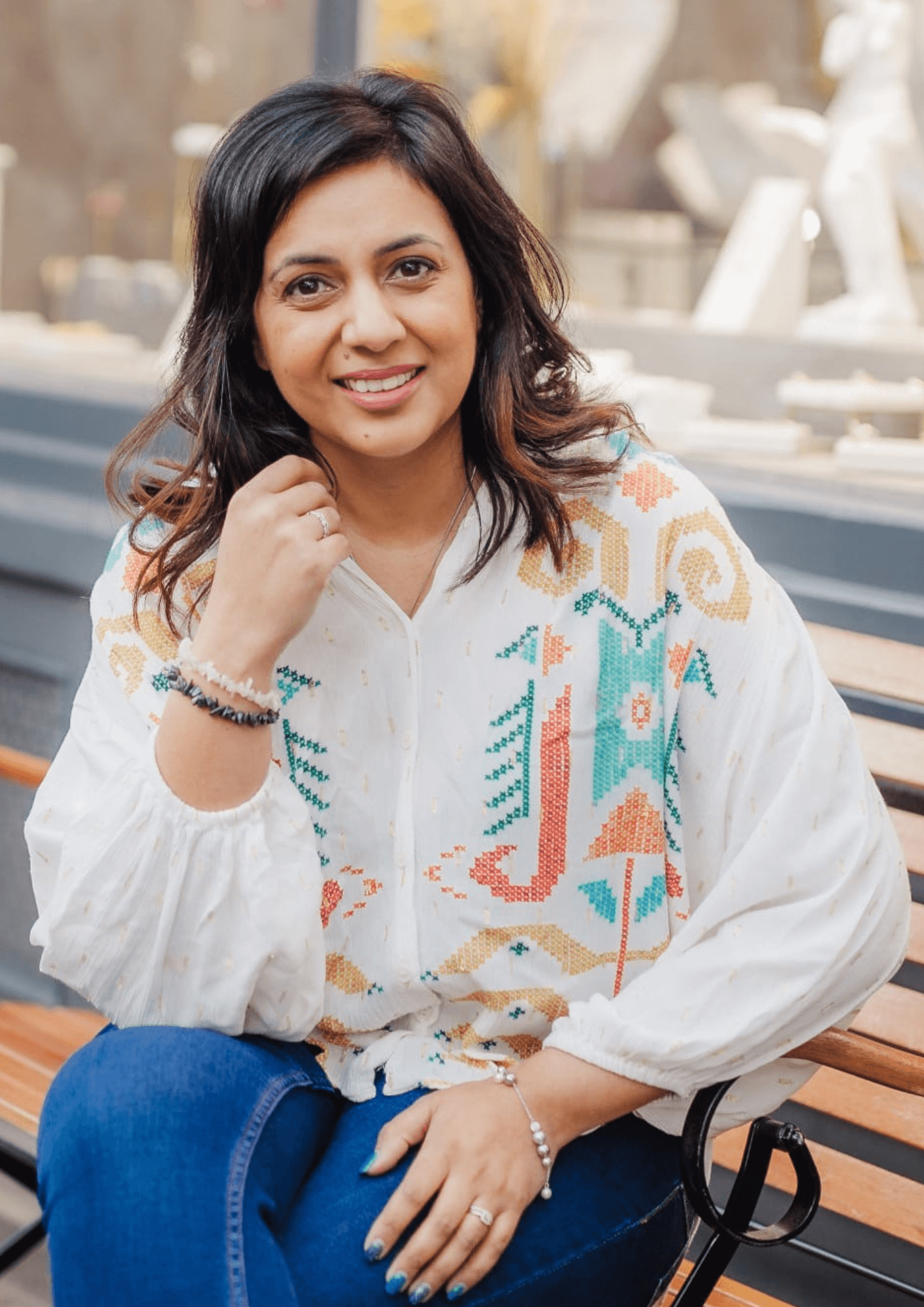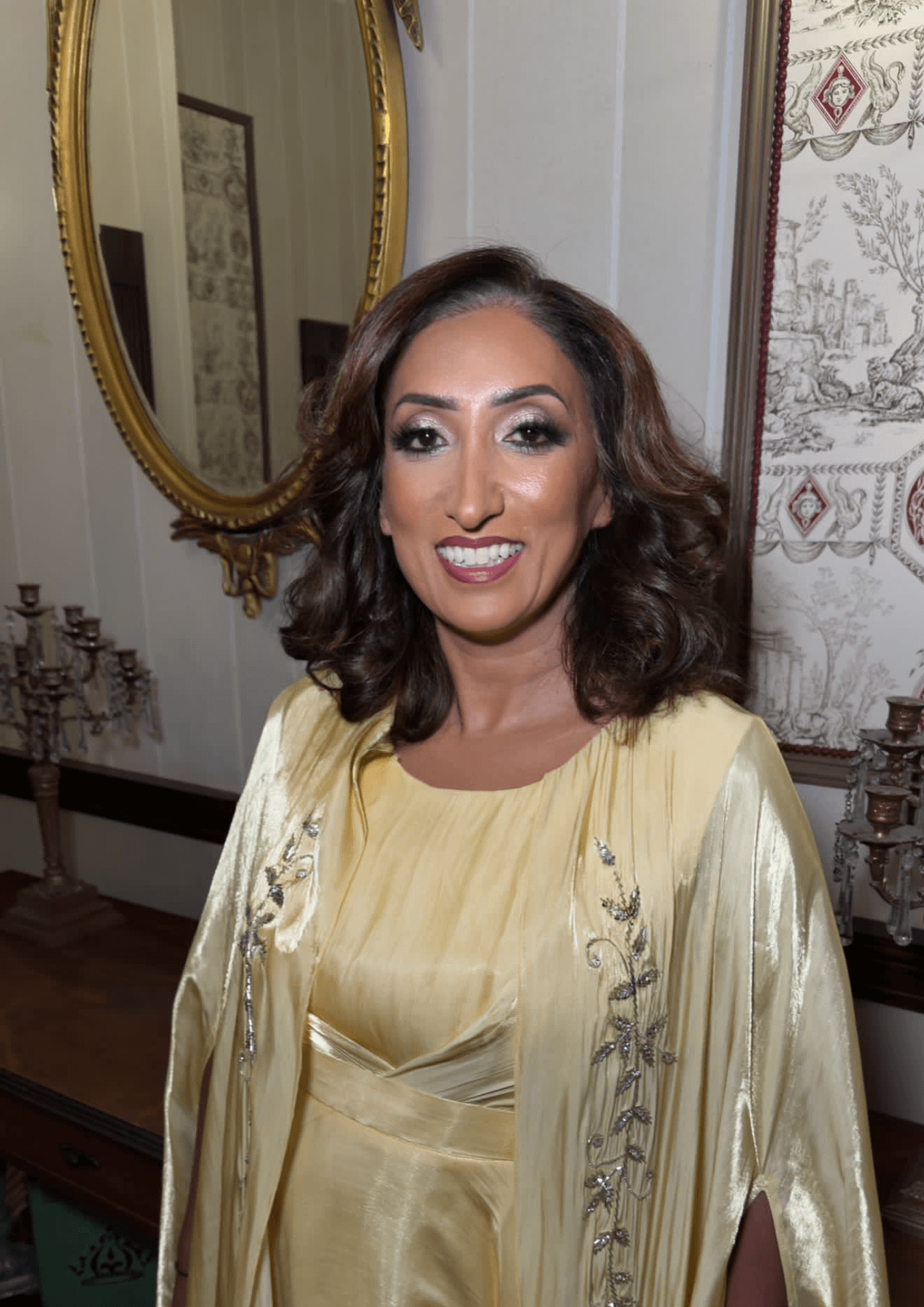Sacred Celebrations, Conscious Choices: Rethinking the South Asian Wedding
Under the glow of marigolds and the beat of the dhol, South Asian weddings unfold like living works of art, part sacred rite, part joyous theatre. From turmeric-scented haldi to sangeet nights that spill into dawn, each moment carries centuries of tradition.
These aren’t just parties, they’re milestones. Sacred, symbolic, unforgettable. At their heart, they are about unity: the coming together of two people, two families, and entire communities to bless a new chapter. They carry legacy, weaving heritage from one generation to the next.
While the meaning behind these celebrations remains unchanged, how we celebrate them has evolved dramatically.
Today’s South Asian weddings are inspired by Bollywood grandeur, celebrity culture, and the spectacle of social media. They’ve grown bigger, flashier, and undeniably breathtaking, luxurious venues, multiple wardrobe changes, imported décor, and lavish catering. Opulent. Extravagant. And, unintentionally, a heavy burden on the planet.
And yet, beneath all the sparkle, a thoughtful shift is emerging. More couples are pausing to ask the big question: Can we honour our traditions while treading lightly on the earth?
The answer is yes. And it’s already happening in beautiful, creative ways.
When Couture Comes at a Cost
Fashion takes centre stage in South Asian weddings. The bride’s lehenga or sari, perhaps a Banarasi silk shimmering with zari work, and the groom’s tailored sherwani are more than outfits; they’re expressions of heritage, artistry, and pride.
But they come with a hidden cost.
Silk, one of the most prized fabrics, requires thousands of silkworms and significant water to produce. Synthetic dyes pollute waterways. And after just a few hours of wear, many of these garments are stored away or discarded.
Multiply that impact across multiple outfit changes, siblings, cousins, and guests, and the environmental footprint grows rapidly.
Thankfully, sustainability doesn’t mean sacrificing style. A new kind of luxury is emerging, one rooted in storytelling and conscious choices.
Rewear, Repurpose, Rent
There’s something powerful about wearing clothing that tells a story. Brides are reimagining their mothers’ wedding sari. Grooms are tailoring their grandfather’s sherwani. Siblings are swapping outfits across ceremonies. These garments carry family history and emotional depth that new ones simply can’t replicate.
Rental platforms and curated thrift collections are also opening up more sustainable options. Imagine stepping into a Sabyasachi lehenga for one night, without the five-figure price tag or the storage space it demands. For the creatively inclined, upcycling vintage fabrics into contemporary designs beautifully blends past and present.

Designing Beauty That Lasts
Flowers have always held deep symbolism in South Asian weddings, representing purity, prosperity, and blessings. From cascading mandaps to fragrant jasmine garlands, they infuse life and beauty into every celebration.
But behind the scenes, the floral industry has its challenges.
Exotic blooms are flown in from across the world, leaving a hefty carbon footprint from refrigeration and transport. And post-celebration, most of these blooms are discarded, creating huge amounts of waste.
Today’s conscious couples are rethinking this, too.
Locally grown, seasonal flowers are making a comeback. Others are turning to potted plants, banana leaves, brass lamps, and clay pots, choices that are elegant, reusable, and culturally rooted. When fresh flowers are used, they’re composted or repurposed into incense, dyes, or skincare, giving them new life beyond the wedding day.
Eco-Chic Décor
Décor is another space where sustainability and creativity shine together.
Couples are opting for recyclable or reusable elements. Fabric drapes replace plastic banners.
Terracotta or brass centrepieces take the place of single-use décor. Natural materials sourced from local artisans, from Jaipur block-printed table runners to Kutch-embroidered backdrops, bring an earthy yet sophisticated feel.
This approach connects the wedding to the land, the community, and the couple’s values, creating spaces that are both meaningful and memorable.
A Menu with Meaning
No South Asian wedding is complete without an epic feast. Food is a love language here, an expression of generosity, community, and joy.
But abundance sometimes slips into excess. Studies show that food wastage at large weddings can be significant, especially when leftovers aren’t safely stored or redistributed. All the energy, labour, and water that went into that food are lost.
More families are becoming mindful of this impact.
Vegetarian and vegan options, deeply rooted in South Asian cuisine, are gaining popularity, easing the environmental load.
Leftovers are being shared with community kitchens, food banks, and shelters. In many ways, this is a return to the ancient practice of daan, selfless giving.
Reconnecting with Tradition’s Heartbeat
While sustainability might sound like a modern idea, in many ways it’s a return to our roots.
Weddings of the past were simpler and deeply communal. Clothes were borrowed and shared. Decorations were handmade. Neighbours cooked together. There was joy in simplicity and meaning in togetherness.
Today’s couples are reimagining those values in fresh, intentional ways, making them relevant for the world we live in now.
Celebrating Love and the Planet
At its core, a wedding is a celebration of love. Of belonging. To a family, to a culture, and to the shared world we inhabit.
When couples choose to reuse, repurpose, and give back, they’re not stepping away from tradition; they’re embracing it more fully. Living the values of seva (service), shukrana (gratitude), and daan (generosity).
There’s no single blueprint for a green wedding. Some are grand, others intimate. What unites them is the intention: to celebrate not just a single moment, but a shared future — thoughtful, joyful, and connected.
Because when the marigolds fade and the music quiets, what remains is the love — and the world you’ve promised to protect together.












